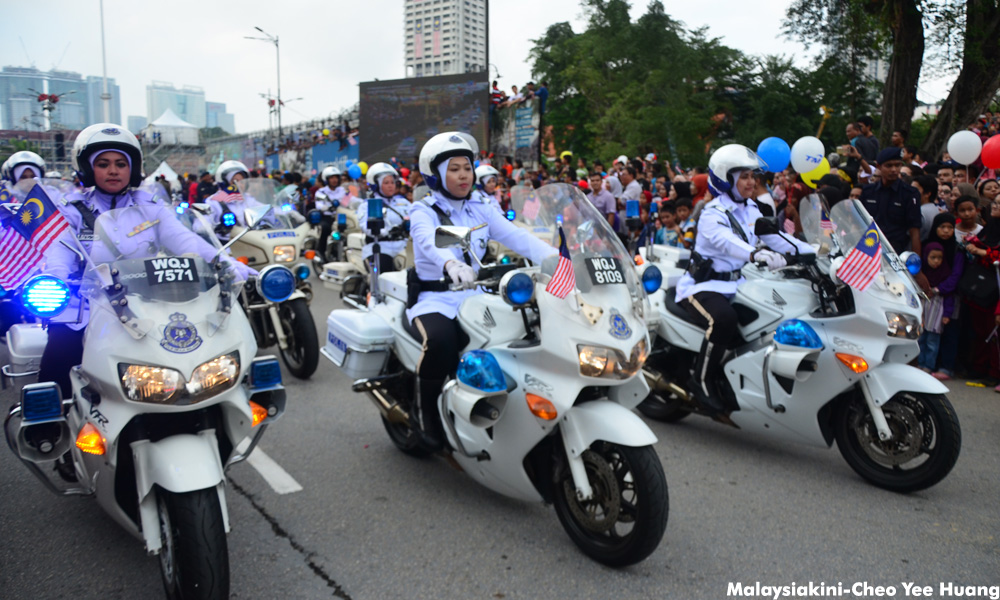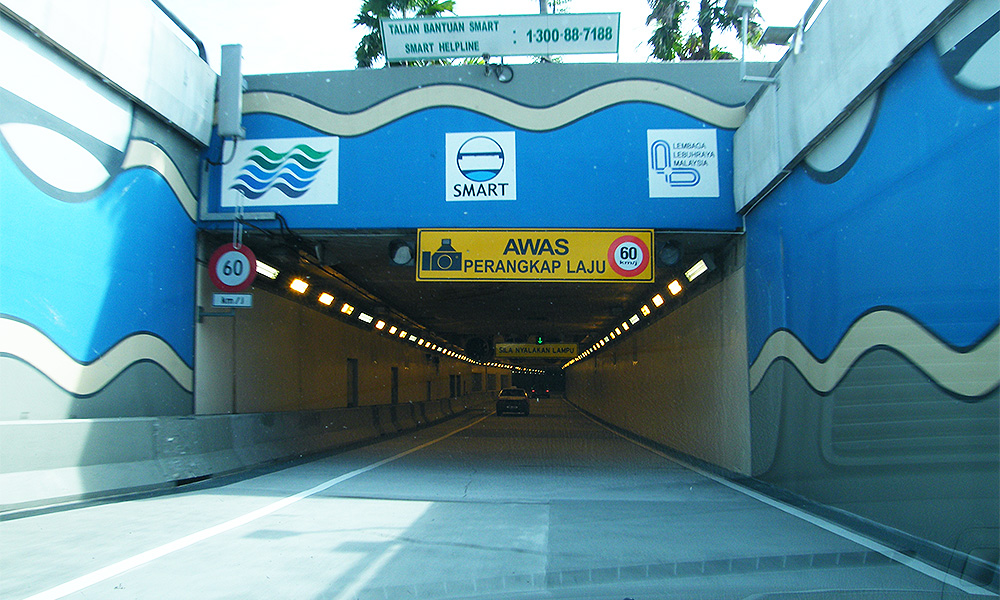LETTER | The third Sunday of November each year is observed as World Day of Remembrance for Road Traffic Victims to honour persons killed or injured in road crashes.
The day recognises the contributions of their families and communities and pays tribute to emergency crews, medical professionals and police personnel who deal with the aftermath deaths and injuries on the road.
Present at this year’s national level programme were Deputy Transport Minister Ab Aziz Kaprawi, Road Safety Department director-general Rosli Isa, Road Transport Department Shaharuddin Khalid and Malaysian Institute of Road Safety (Miros) Lee Lam Thye.
Rosli disclosed that there were 960,569 accidents recorded in 2016, with accidents involving motorcycles at 670,935 cases followed by cars (135,121) and lorries (35,064).
Last year, there were 7,152 fatalities, with 77 percent resulting from four types of accidents viz. 1,590 head-on collisions,1,850 involved losing vehicle control, 710 rear-end collisions, 949 side-impact collisions and 420 vehicles being sideswiped.
Kaprawi admitted that previous national campaigns to reduce the number of road accidents and fatalities had failed miserably and called for bold measures to be taken, and relevant authorities including the road safety and road transport departments and Miros to come up with suggestions.
It is likely that these agencies would continue to dish out more of the same. If they had better ideas, surely their proposals would have been implemented long ago, saving thousands of lives. Or there was no political will to implement them?
Death from road traffic accidents have increased over the years. In 2002, 5,891 people died from road accidents in Malaysia and shot up to 6,286 the following year. In 2015, there were 6,706 fatalities. 7,152 fatalities were recorded last year. Kaprawi warned that unless effective measures are introduced, the number could breach the 8,000 mark next year.

The first time I gave deep thought to road safety and wrote about it was in preparation for a public forum organised by a newspaper group in December 2003, after two buses had collided and killed 14 passengers.
After the speakers had made their presentations, I was allowed to speak first representing a table of participants and proposed what I termed as ‘privatised massive surveillance’. My idea was reported by several English dailies and my interview with a journalist was published full page in a broadsheet Bahasa Malaysia newspaper.
In 2003, I noticed that many motorists and particularly motorcyclists ignored traffic lights, even at junctions with cameras installed. It could be due to many inconspicuous static cameras were not functioning.
I cautioned that if it is the norm, snatch thefts would be rampant as robbers could easily scoot away without arousing suspicion.
I proposed that camera crews be stationed at strategic places. They would wear bright uniforms to be noticeable, and not hide behind pillars waiting for traffic offences to be committed and capture the evidence. Their presence would also deter street crimes.
A concessionaire could be appointed to recruit thousands of ex-servicemen and retired police personnel to be deployed nationwide and they can be mobilised in cities and towns, and along highways and country roads.
Their presence would have made our country safer and prevented countless accidents, saving many lives in the process. Diehard offenders would be caught jumping red lights, crossing double lines, driving on emergency lanes, speeding or obstructing traffic such as illegal parking.
The summonses issued and fines collected would be more than enough to recoup the minimal expenditure on cameras, uniforms, training, and commissions, including an efficient system to collect evidence and fines after notifying the offenders.
The authorities would not have to spend more on static cameras or give the excuse that the limited number of enforcement officers cannot be present everywhere.
My plans were shelved and nothing happened until almost nine years later. On Sept 22, 2012, the Automated Enforcement System (AES) started operations with 14 static cameras and captured 63,558 offences within the first eight days of operations.

This prompted me to point out that at this rate, 830 cameras would be able to capture 171,772,650 offences in a year. Later, there was a huge public outcry and the AES was withdrawn and the government had to compensate the two concessionaires.
In November 2015, I wrote that the new concessionaire was scheduled to reintroduce the AES in the first quarter of 2016 covering 350 locations. But it did not happen and I proposed the use of dashboard cameras or dashcams as the most effective tool to capture traffic offences and street crimes.
This would allow thousands of private and commercial vehicles to participate by fitting high-quality dashcams and submit evidence of traffic violations, corruption and crime.
Dashcams are superior to AES cameras that are fixed at known locations and cannot capture dangerous driving, tailgating, overtaking at double lines, driving on emergency lanes and obstructing traffic by double parking.
Motorists and motorcyclists would have to be on their best behaviour as the vehicles behind may be fitted with dashcams, and rear-facing cameras can also record more offences.
There are two major flaws in using a mobile app to report traffic offenders. Firstly, it would encourage the use of handphones for recording while driving or riding, making our roads even more dangerous than they already are.
Secondly, it would promote vigilantism resulting in people taking the law into their own hands. Those seeking revenge on drivers and will follow their vehicles hoping to record one or more offences.
It is not unusual for a typical Malaysian driver to commit many offences daily, such as not stopping fully at junctions but roll past and accelerate when the coast is clear.
It was then reported that 1.6 million traffic offences captured by AES cameras will have to be quashed due to a technicality. The gathering of evidence was performed by the staff of the two concessionaires, but the law only allows officers from state enforcement agencies to perform such tasks.
As such, laws need to be amended for private company staff to process evidence of traffic violations or they could be commissioned as auxiliary officers, wearing the same uniform as a police or Road Transport Department enforcement officer but under the concessionaire’s payroll.
A better step would be to amend the law to allow videos or photos captured by dashboard cameras to be accepted as evidence in court. Until this is done, it is premature to introduce a mobile app for the public to report on traffic offenders, which JPJ had toyed with in the middle of last year.
But as long as political will is lacking, many people will continue to be injured or killed on our roads, many of them needlessly, causing untold sufferings to the victims and miseries to their families
The views expressed here are those of the author/contributor and do not necessarily represent the views of Malaysiakini.

